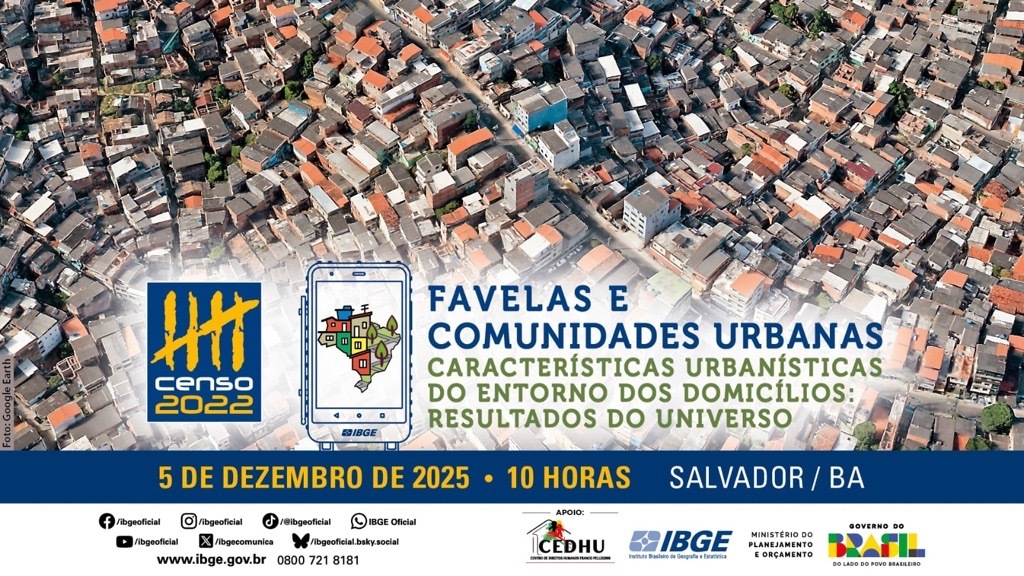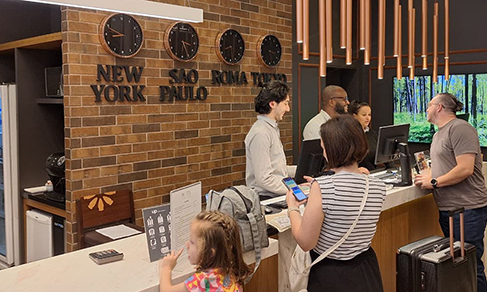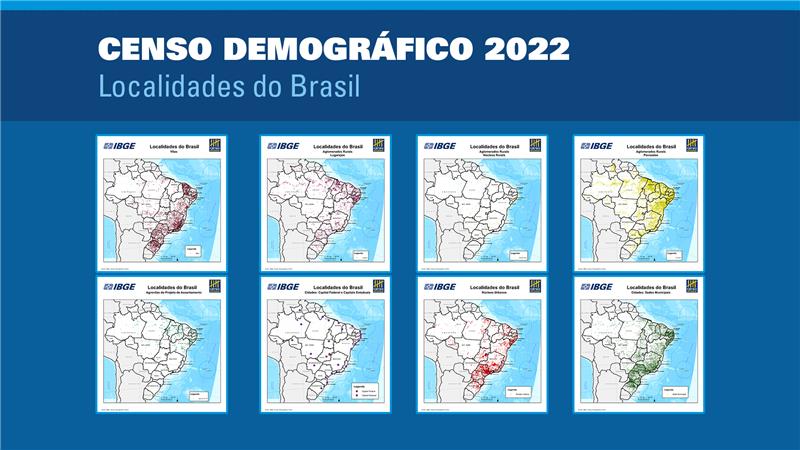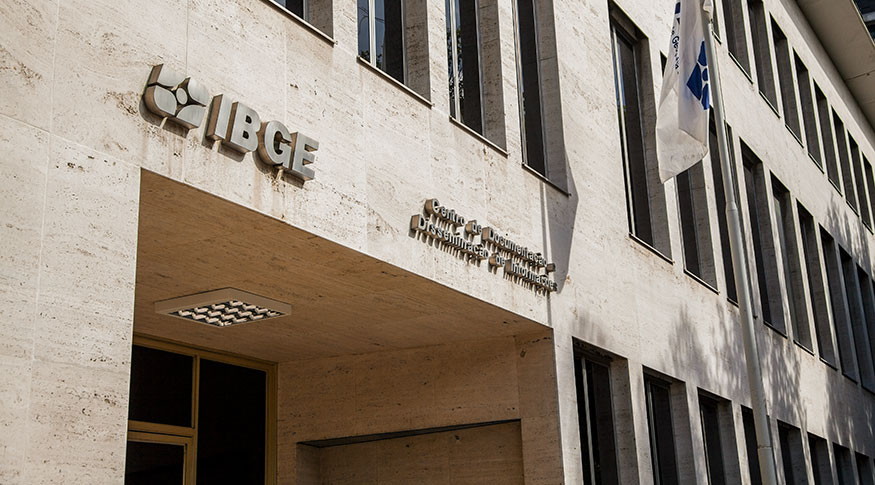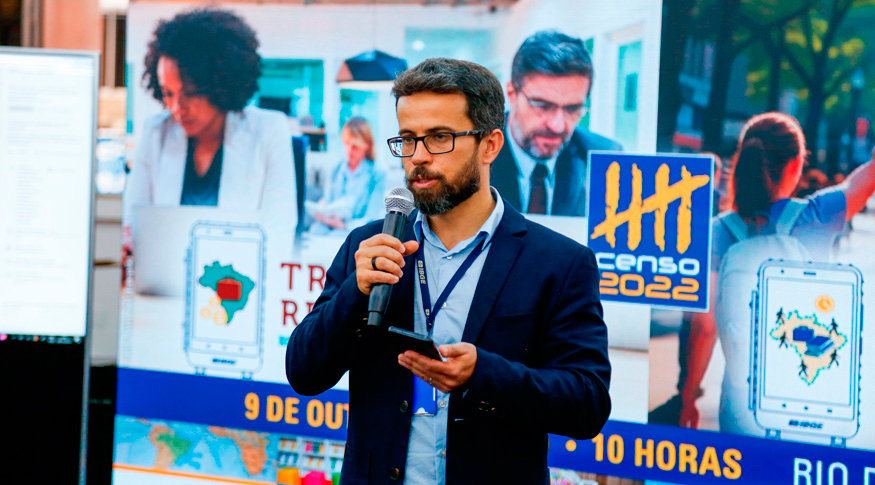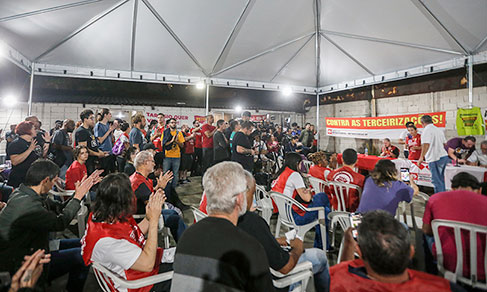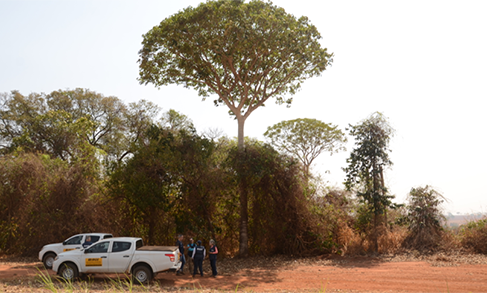2022 Census
IBGE will release results for color or race of 2022 Census in Salvador
December 12, 2023 01h43 PM | Last Updated: December 13, 2023 05h12 PM
On December 22 at 10 AM, the IBGE will release the first results of the 2022 Population Census according to the characteristics of color or race of the population and households. The event will be in the House of Olodum, located at 19 Salvador Martino Street, Pelourinho, Salvador (BA).
The information that will be published brings data on the population according to color or race, key to understand diversity and to study inter-racial relations in Brazil, which, coupled with the statistics on age and sex already released, will allow to assess the change in the Brazilian demographic profile over time.
The event counts with important partners of the IBGE, like representatives from the United Nations Population Fund (UNFPA) and from the Ministries of Racial Equality, Planning and Indigenous Peoples, as well as with the support of the Government of the State of Bahia and Olodum.
The release data will be available by Major Region, State and Municipality, as well as for the Legal Amazon. The data can be viewed in interactive maps through the Interactive Geographic Platform (PGI). The release will be broadcast live on the IBGE´s channel on YouTube.
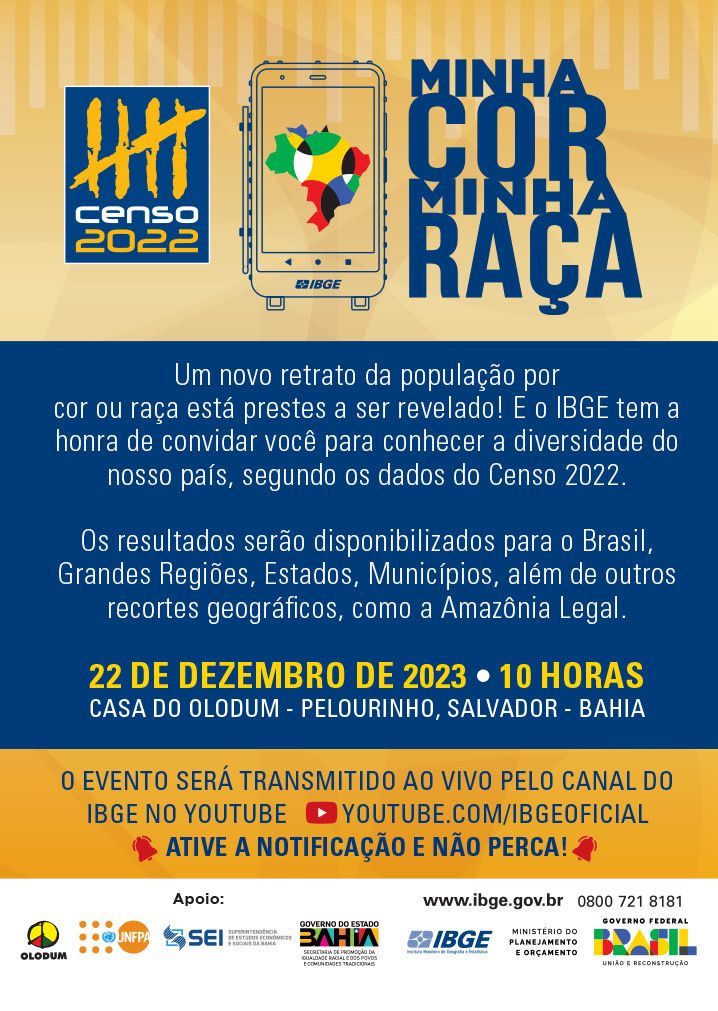
Selection of Salvador is due to representativeness of black and brown population
In the 2010 Census, Bahia was the Federation Unit (FU) with more people who self-declared black: 2.4 million or 17%. When considering black and brown persons together, Bahia stands in the second position in the ranking, both in absolute figures (10.7 million against 14.2 million in São Paulo) and in percentage (76.2% against 76.7% in Pará).
The Metropolitan Area of Salvador was the capital with the highest percentage of persons who self-declared either black or brown in Brazil in 2010, with 80.2% (or 2.8 million). As a result of these statistics, Salvador is considered the city with the highest number of black persons in the world outside the African continent. Because of the above, the IBGE chose Salvador to host the event of the first release of the results by color or race of the 2022 Census.
“The release of the data of color or race of the 2022 Census in Salvador has a great importance, as we are the city with the highest number of black persons outside the African continent and because public policies are based on sound information. This information on the black population is of strategic importance to the expansion and improvement of the public policies of redress and promotion of racial equality in the municipalities and states,” highlighted Ângela Guimarães, the Secretary of Promotion of Racial Equality and of Traditional Peoples and Communities of Bahia.
Luciano Duarte, the technical manager of the Census operation, also includes a factor that has been used to choose the hosts of the Census events: the valuation of the work of the IBGE´s State Superintendencies. “The selection of Salvador involves these two aspects: strengthening the national nature of the IBGE and the strong representativeness of the black and brown population in the capital of Bahia and in the state as a whole,” states Duarte.
Pelourinho and House of Olodum: arts, culture and resistance of the black population
If the selection of Bahia and Salvador is based on representativeness, the same is applied to the House of Olodum. Cimar Azeredo, the IBGE´s Director of Surveys, explains that the IBGE wanted to follow the same criteria used to select the Peace Theater, in Belém, to release the first results of the 2022 Population Census for the indigenous population. “The House of Olodum is a very important venue and it is a very significant place for the black population in Brazil,” points him out.
The House of Olodum is located at 22 Maciel de Baixo Street, in the neighborhood of Pelourinho, in the Historic Center of Salvador. That place received its name because it had a pillory during the colonial period, a stone wall where slaves were exhibited and punished. Declared a patrimony of humanity by Unesco in 1985, the neighborhood has a rich baroque architectural complex, like the Church of Our Lady of Rosary of Black and colored houses that appear among alleys and slopes.
Headquarters of the Olodum cultural group, the building is a space that aims at fighting social and racial discrimination and at stimulating the self-esteem and pride of black and brown persons, as well as at disseminating the African culture and assuring civil and human rights of marginalized persons in Bahia and in Brazil.
Marcelo Gentil, Olodum´s President of Institutional Relations, states that “the first census carried out in the enslaving Brazil already brought the item race as a highlight, suppressed in the beginning of the 20th century and once again portrayed in the 1980 Census, when many studies and surveys showed how Brazilians used to deny their ethnic origin, declaring themselves swarthy, brown and chocolate color, as well as many other colors that kept them away from blackness and close to whiteness.
According to Gentil, it took a whole set of black organizations to plan a campaign to Brazilians, assuming as black persons when responding to enumerators. It was the “Don´t overlook your color” campaign. Gradually, Brazilians began to self-identify as African-descendants and, today, the 2022 data show that they represent 56% of the population. “Olodum is proud to be part of this history and, therefore, joins the IBGE to make public the data related to the enumeration of the Brazilian population on December 22, 2023 at 10 AM at the House of Olodum.
Release by color or race will be the fifth one in the 2022 Census
Besides releasing the divisions by color or race of the 2022 Census, the IBGE will also update the data of the quilombola releases: First Results of the Universe” and “Indigenous People: First Results of the Universe”. This updating will be the from the second compilation of the 2022 Population Census, incorporating the field revision and other adjustments carried out by the IBGE between May 29 and July 7, 2023.
The first results of the 2022 Census were released on June 28 at the Museu do Amanhã (Museum of Tomorrow) in Rio de Janeiro, when Brazil learned how many we are. One month later, the first results on the quilombola population were released in the headquarters of the National Institute for Colonization and Agrarian Reform in Brasília. On August 7, the data on indigenous peoples were released in Teatro da Paz (Peace Theater) in Belém. The most recent release of the 2022 Census was held on October 27, with the divisions by age and sex, in an event carried out in the IBGE´s Center for Information Documentation and Dissemination (CDDI) in Rio de Janeiro.
Service
Event: First results of the 2022 Population Census
according to the characteristics of color or race of the population and households
Date: December 22 at 10 AM
Venue: House of Olodum, located at 19 Salvador Martino Street, Pelourinho, Salvador (BA)




